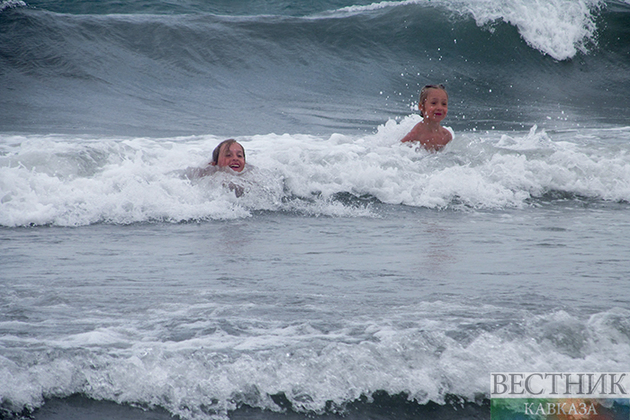Ranked No. 3 in the world for pristine Blue Flag beaches, Türkiye aims to outdo Spain and Greece by increasing its prized seaside spots as a choice destination for visitors seeking clean places to swim, Daily Sabah writes.
Attracting tourists from around the world to its beaches, Türkiye strives to keep them clean and certify them as such. Having a Blue Flag is the most important step in the certification process. In recent years, the number of Blue Flag beaches exceeded 500 across the country, which is littoral to the Mediterranean, Aegean and Black seas and the landlocked Marmara. After Spain and Greece, it clinched the third spot in the world this year as a country with the highest number of Blue Flag beaches. The number rose to 531 from 519 in 2021. The number was only 459 in 2018.
Antalya, the pearl of the Turkish Riviera, dominates the list with 229, ahead of its neighbor Muğla, which boasts 111 such beaches, and the Aegean destination Izmir comes in third, hosting 66. Though landlocked, the easternmost province of Van even boasts one Blue Flag beach, thanks to the clean shores of Lake Van.
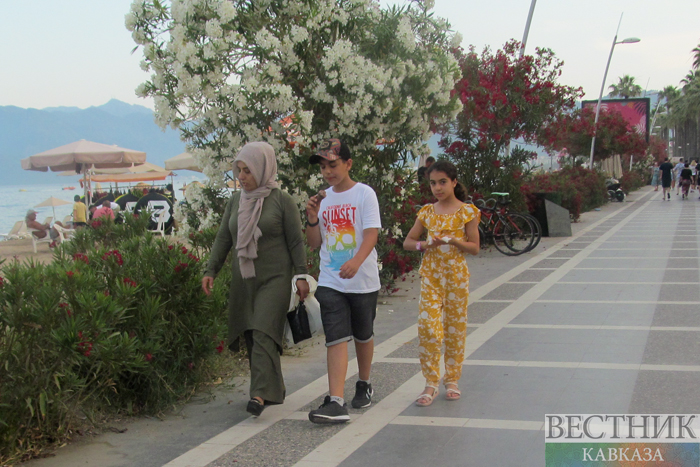
Spain has the highest number of Blue Flag beaches at 621, ahead of Greece, which has 581.
Professor Abdülkadir Ateş, head of the Foundation for Environmental Education in Turkey (TÜRÇEV), which awards the flag on behalf of the Denmark-based Foundation for Environmental Education (FEE) in Türkiye, says Blue Flag awards are one of the most important works of their foundation. “Türkiye achieved significant progress in terms of blue-flagged facilities. Three decades ago, there were none but today, it competes with other countries. We hope it will achieve the highest rank,” Ateş told Anadolu Agency (AA) recently.
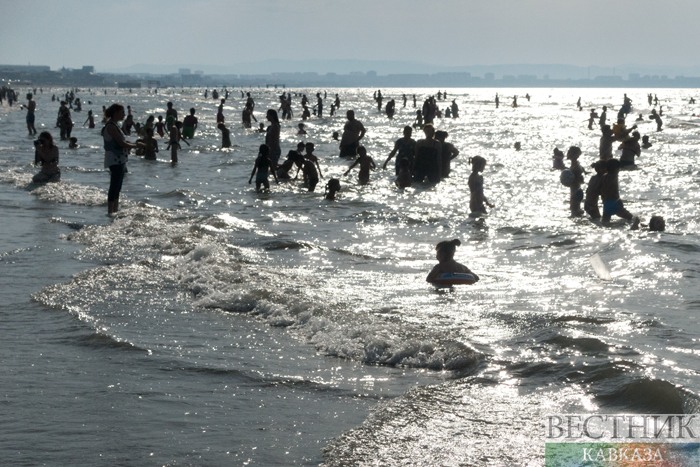
The TÜRÇEV, for its part, conducts awareness and education campaigns to expand the number of beaches, from Van to Black Sea coasts and the Mediterranean, Ateş, who once served as minister of tourism, said. The foundation works with the Ministry of Culture and Tourism, the Ministry of Health, the Ministry of Agriculture and Forestry and the Ministry of Environment, Urban Planning and Climate Change, as well as the Ministry of National Education to boost the number. “Our foundation, for instance, runs environmental education at 1,200 schools. We raise a generation more sensitive to keeping seas clean, preservation of forests and the importance of Blue Flag beaches,” he said.
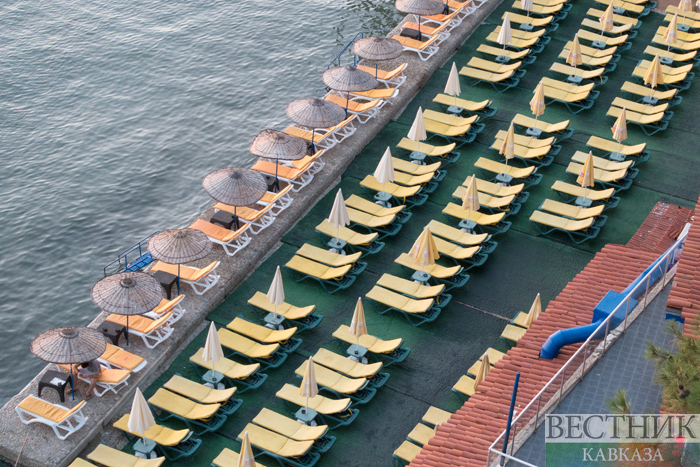
This year’s new inclusions for Türkiye’s pristine beaches are five public beaches in Antalya and another in Muğla, two popular vacation destinations visited by thousands of local and foreign tourists every year. Overall, Turkey accumulated 13 more Blue Flags this year. Blue Flag sites this year also include 24 marinas, 15 tourism boats and five private yachts. Along with the renewal of Blue Flag certificates, some beaches won the prestigious designation for the first time this year, like Inciraltı beach at Lake Iznik in the northwestern province of Bursa.
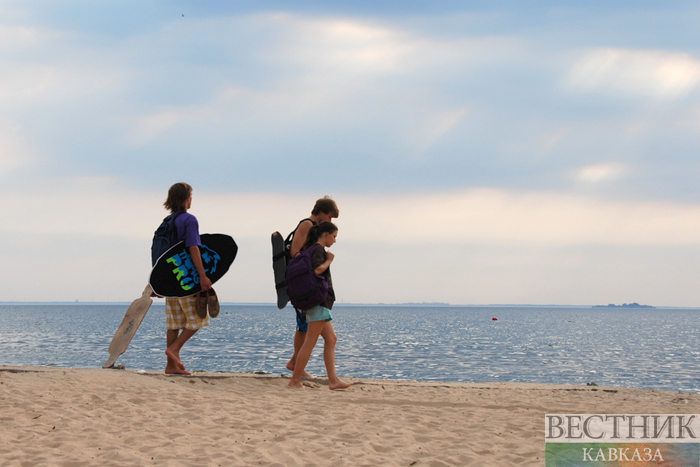
Some are privately owned, while others are public beaches, operated by different public agencies. The Culture and Tourism Ministry said the beaches it operated in Antalya’s Lara, Manavgat, Beldibi and Çamyuva and Içmeler neighborhoods in Muğla’s Marmaris district earned Blue Flag status this year.
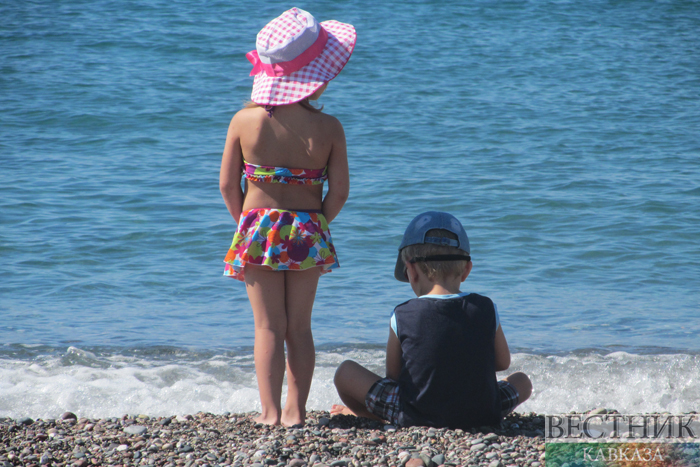
Beaches, marinas and tourism boats have to fulfill a myriad of criteria to achieve the coveted status under the guidance of the FEE. The program to grant the status to beaches was launched in France in the 1980s and spread across Europe before it started including non-European countries as well in 2001. By assigning Blue Flags, the foundation seeks to promote sustainable development in freshwater and marine areas, through criteria in categories including water quality, environmental management, environmental education and safety. For host countries, it also means a boost for tourism revenues as cleaner beaches with improved features bring in more tourists, especially in areas less popular among foreign tourists. For environmental education criteria, the FEE requires beaches to provide environmental education activities to beachgoers and prominently display information about water quality, as well as a prominent display of rules for the use of the beach and surrounding areas.
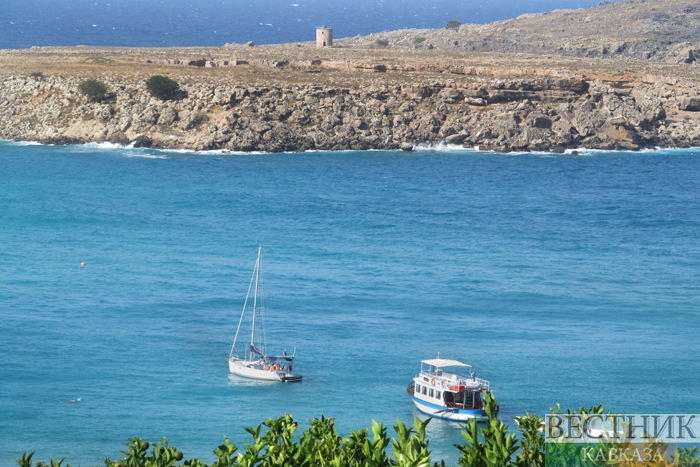
For water quality criteria, beaches are required to comply with standards for frequency and the amount of water quality sampling and meet the standards and requirements. Most significantly, no industrial waste or wastewater from sewage treatment plants should affect the beach, and all beaches should be free of harmful bacteria.
The beaches are also required to be kept clean at all times, while algae or natural debris are required to be left intact. Waste disposal bins and containers are required to be provided sufficiently for beachgoers and recyclable waste containers should be readily available. In terms of safety, beaches are required to keep an adequate number of lifeguards and lifesaving equipment, along with emergency plans to cope with pollution risks.
